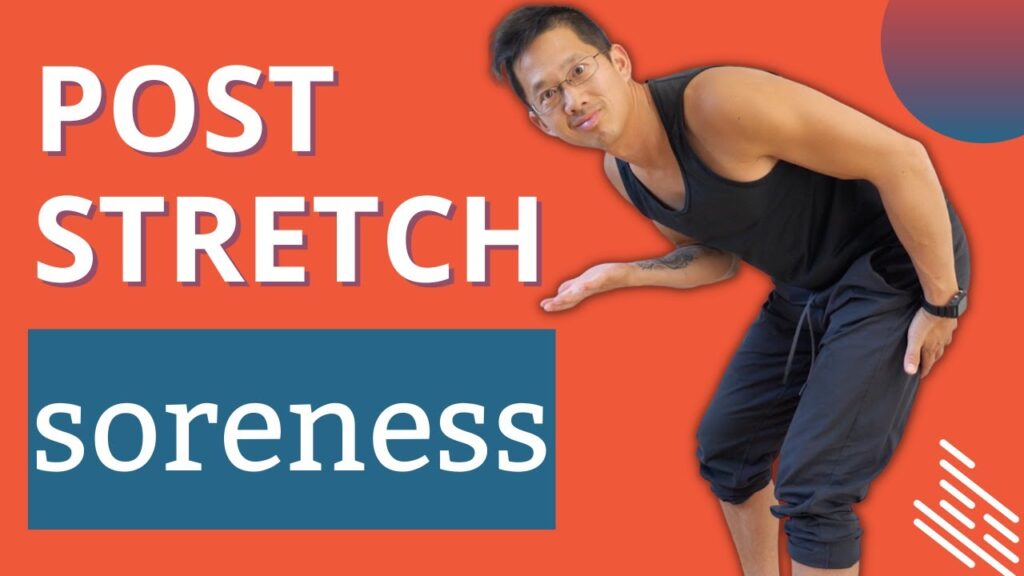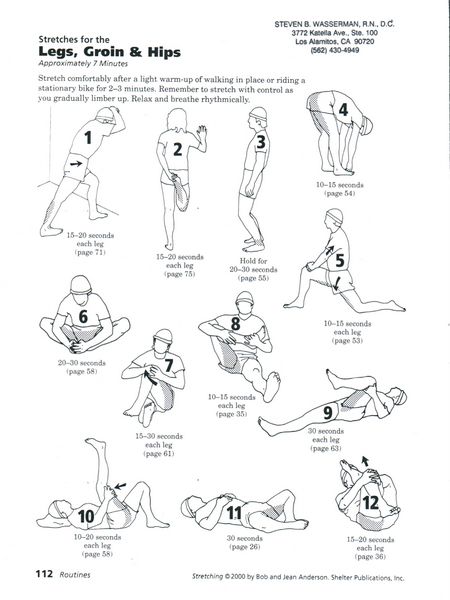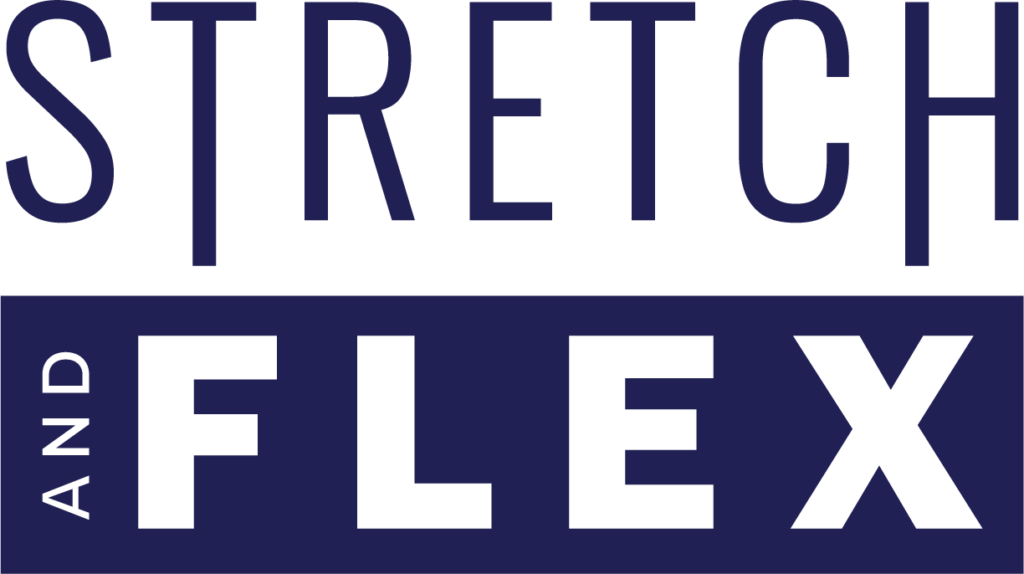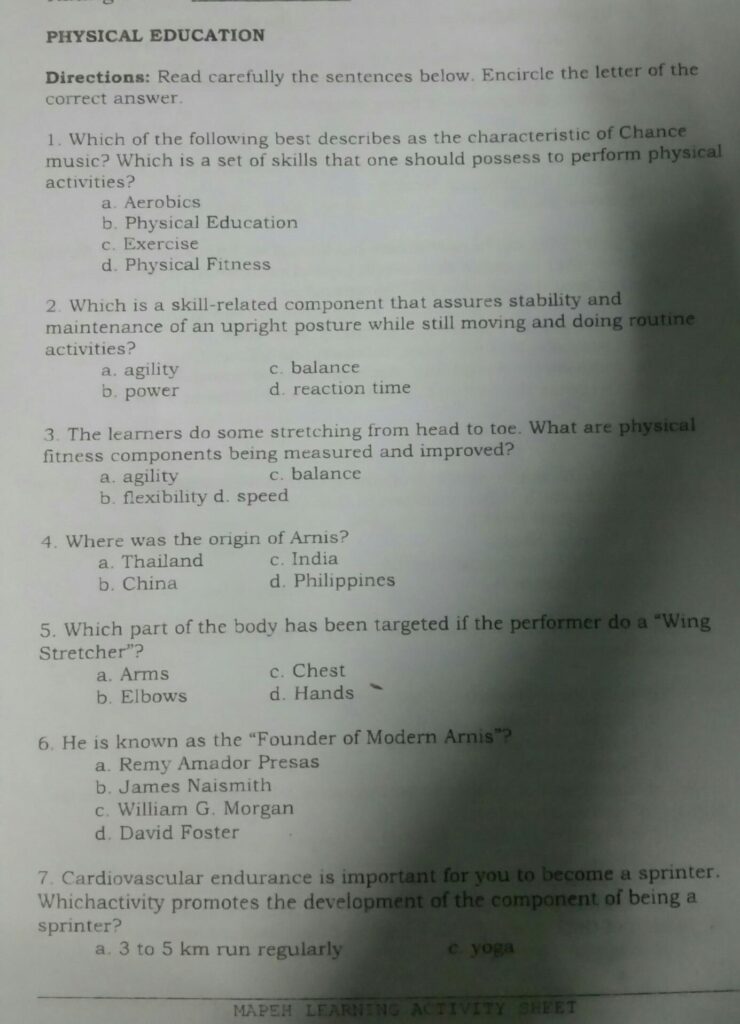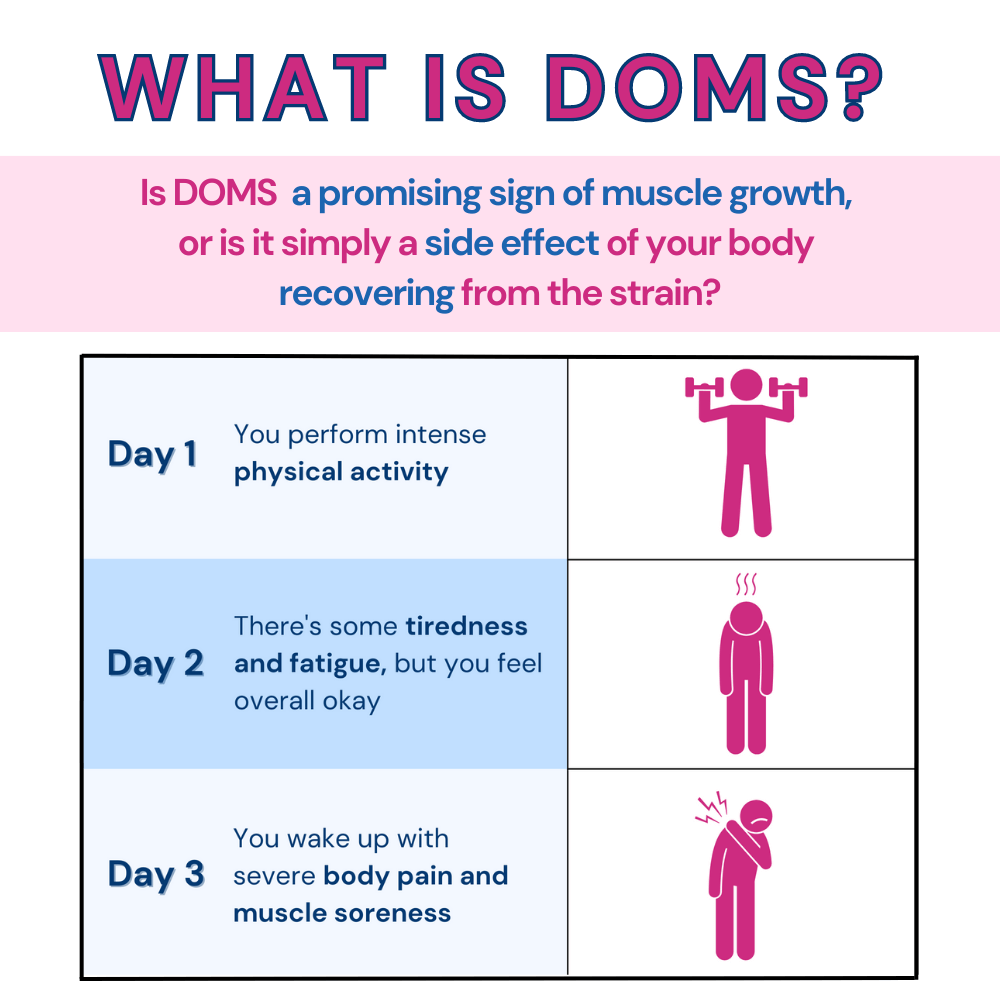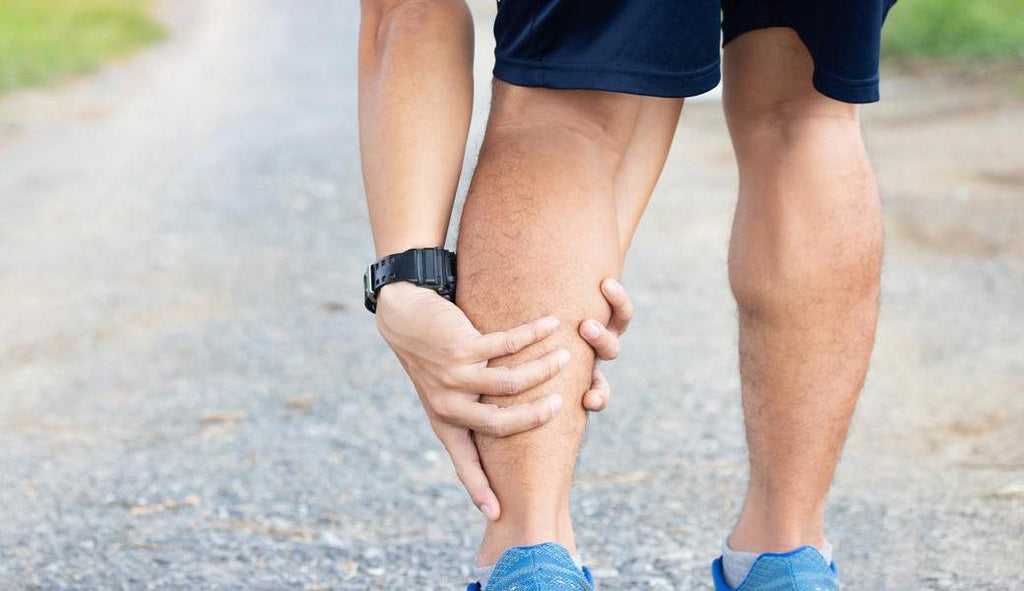Feeling sore after stretching is normal and usually temporary. It often indicates that muscles are adapting to new movements.
Stretching is essential for maintaining flexibility, improving circulation, and reducing muscle tension. Sometimes, stretching can lead to muscle soreness, especially if you are not used to it or if you stretch too intensely. This soreness is typically a sign that your muscles are adjusting to the new activity.
It is crucial to listen to your body and avoid overexertion. Gradually increasing the intensity and duration of your stretches can help minimize discomfort. Staying hydrated, warming up before stretching, and cooling down afterward can also aid in reducing soreness. Regular stretching can lead to better overall muscle health and fewer aches in the long run.
Soreness Post-stretching: Normal Or Not?
Feeling sore after stretching can be confusing. Good pain feels like a gentle pull. Bad pain feels sharp or intense. Good pain means muscles are stretching well. Bad pain could mean injury. Always listen to your body. Stop if you feel bad pain.
Age affects how sore you feel. Older people may feel more sore. Fitness level also matters. Beginners often feel more sore. Stretching intensity plays a big role. Deep stretches can cause more soreness. Hydration helps muscles recover faster. Drink plenty of water. Nutrition impacts muscle health. Eat balanced meals for better recovery.
Debunking Myths Around Stretching And Soreness
Many believe that stretching must hurt to be effective. This is not true. Stretching should feel good. Pain can mean injury. Always listen to your body. Gentle stretches are best. Stop if you feel sharp pain.
Some soreness after stretching can be normal. It shows your muscles are working. Light soreness is okay. It should go away in a day. Stretching helps muscles stay flexible. Regular stretching can reduce future soreness.
Types Of Stretching And Their Effects On The Body
Dynamic stretching involves moving parts of your body. It helps improve blood flow and prepares muscles for exercise. Static stretching involves holding a position for a period of time. This type helps increase flexibility but should be done after a workout. Both types have their benefits. Dynamic stretching is great for warming up. Static stretching aids in muscle recovery.
Overstretching can lead to muscle strain or injury. Your muscles might feel sore and tight. Always stretch within your comfort zone. Pushing too hard can cause damage. Overstretching can tear muscle fibers. This will lead to pain and inflammation.

Credit: darebee.com
Biological Mechanisms Behind Muscle Soreness
Muscles get sore due to tiny tears called microtears. These tears happen during stretching or exercise. The body needs time to heal these tears. This healing process causes inflammation and soreness. Drinking water and resting helps in recovery. Stretching gently can also aid the healing process.
Lactic acid builds up in muscles during intense activity. This build-up can make muscles feel sore. Lactic acid is a byproduct of energy production. The body breaks it down after exercise. Stretching helps to reduce lactic acid levels. Staying active also helps to clear lactic acid faster.
Best Practices For Stretching To Avoid Injury
Start with a light warm-up. This can be a short walk or slow jogging.
Make sure your muscles are warm. Cold muscles can get injured easily.
Stretch slowly and gently. Do not rush or force any movements.
Hold each stretch for 15-30 seconds. This helps muscles become more flexible.
Always breathe deeply and evenly. Proper breathing helps relax your muscles.
Know your body’s limits. Do not overstretch or push too hard.
Listen to your body. Pain means stop. Stretching should not hurt.
Check your flexibility often. This helps you see progress and avoid injuries.
Use mirrors to watch your form. Good form prevents injuries.
Stay consistent. Regular stretching improves flexibility over time.

Credit: m.youtube.com
Healing Strategies For Post-stretching Soreness
Active recovery helps muscles heal faster. Light activities like walking or swimming are good. They keep blood flowing to sore muscles. This helps remove waste products from the muscles. Active recovery reduces muscle stiffness and soreness. It also improves flexibility and strength over time. Resting completely can make muscles tighter. So, active recovery is better for healing sore muscles.
Eating the right foods helps muscles repair. Proteins are very important for muscle growth. Foods like chicken, eggs, and beans are good protein sources. Carbohydrates give energy and help in muscle recovery. Fruits and vegetables provide vitamins and minerals. Drinking enough water is crucial. It helps keep muscles hydrated and prevents cramps. Avoid sugary drinks and junk food.
When To Seek Professional Help
Feeling sore after stretching can be normal. But, sharp pain is not normal. Swelling around the sore area is another bad sign. Bruising might mean you have an injury. Pain lasting more than a week can be serious. You should see a doctor if you have these signs.
Finding the right doctor is important. A physiotherapist can help with muscle pain. Orthopedic doctors treat bone and joint problems. Sports medicine specialists can help if you are an athlete. Always check if the doctor is certified. Ask friends for recommendations.
Credit: www.reddit.com
Integrating Mindfulness And Recovery
Stress can make muscles tight. Tight muscles can cause pain. Mindfulness helps reduce stress. Less stress means less muscle tension. Breathing exercises can help too. Deep breaths calm the mind. A calm mind eases muscle pain. Meditation is also helpful. It trains the mind to stay calm. A calm mind keeps muscles relaxed.
Yoga combines stretches with breathing. It reduces muscle pain. Tai Chi is another good option. It uses slow, gentle movements. These movements help muscles relax. Progressive muscle relaxation works well. Tense and release different muscle groups. This technique reduces overall tension.
Frequently Asked Questions
Is It Good To Be Sore After Stretching?
Mild soreness after stretching can be normal. It indicates muscle engagement and flexibility improvement. Avoid intense pain or prolonged discomfort.
Why Do I Feel More Stiff After Stretching?
Overstretching or improper technique can cause muscle stiffness. Muscles need time to adapt and recover. Always stretch gently.
What Does Overstretching Feel Like?
Overstretching can cause sharp pain, discomfort, or a burning sensation. Muscles may feel tight, sore, and less flexible.
Does Stretching Release Toxins?
Stretching does not release toxins. It improves flexibility, blood flow, and muscle recovery. Detoxification occurs through the liver and kidneys.
Conclusion
Stretching can lead to soreness, but it’s a sign of progress. Listen to your body and adjust routines accordingly. Gradual increases in intensity and regular practice can help. Always prioritize proper technique and recovery to minimize discomfort. Stay consistent, and you’ll see improved flexibility and reduced soreness over time.

